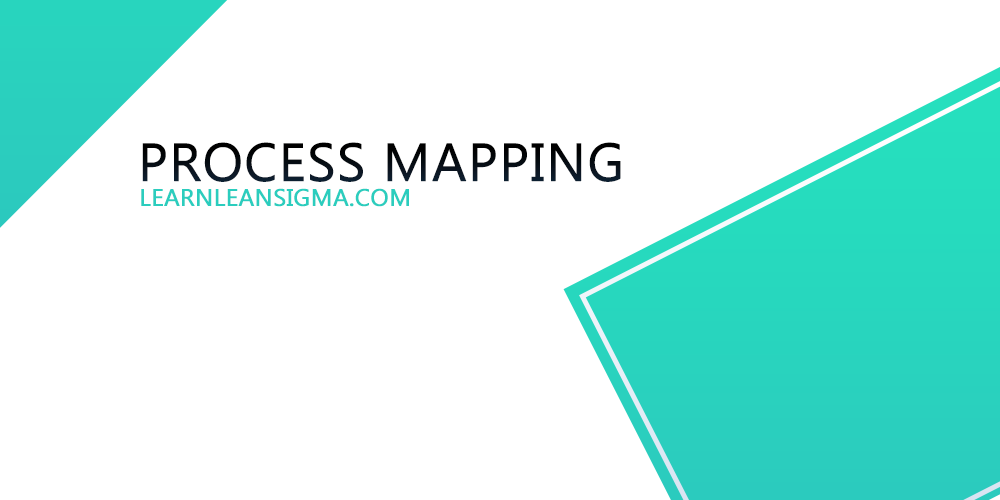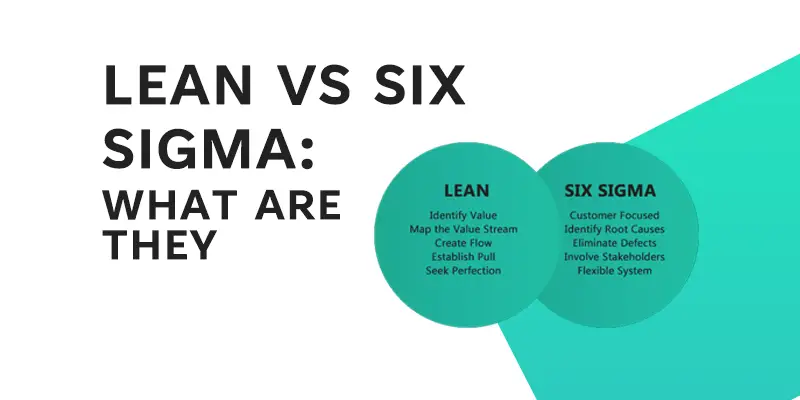This article discusses the concept of a process, which is a sequence of actions, tasks, or steps that transform and add value to inputs and produce an output such as a product or service. Multiple processes in a typical business collaborate or follow each other to produce goods and services for the customer. The article goes on to explain the various types of process maps, such as the “Brown Paper” process map, Value Stream Maps, Swim Lane process maps, SIPOC, and the various levels of detail, as well as how each type of map is used in the process.
The article concludes with the steps for creating a process map and emphasises the importance of understanding the different shapes used in a process map in order to clearly communicate to the project team what is happening in the process.
What is a Process?
A process is a collection of actions, tasks or steps that are executed in a specified order, transforming, and adding value to inputs and producing an output such as a product or service. In a typical business, multiple processes work together or follow each other to produce goods and services for the customer.
Example: A pizza base, tomatoes and cheese are input into the process, and out of that process is a Margarita Pizza that a customer is willing to pay more money for than just the raw ingredients as the process is deemed to have added value to the inputs. Within this process of producing a pizza, there will also be several other smaller processes such as cleaning equipment, ordering supplies, and taking an order.
To learn more about the inputs and outputs of a process read this article on SIPOCs

Why do we map processes?
Within Lean Six Sigma continuous improvement projects the purpose of mapping out a process is to help the organisation or business to understand what is happening in the process by making it visible on a brown paper process map using sticky notes or using process mapping software. Making the process visual it helped to provide an understanding of how the process works, what the problems with it might be and what improvements could be made such as changing the sequence of the process steps and removing non-value add (NVA) process steps. They can also help improve communication and be used to support documentation such as standard operating procedures (SOPs).
Other uses of a process map can be to:
- Analyse how materials and information flow through the stages of the process
- Understand all the steps necessary to create a product.
- Mapping out the process can encourage new thinking about how the work is done.
- Help define the project.
Process map levels of detail
Not all process maps are the same as some process maps as they contain different levels of detail from high-level core functional departments down to documentation and SOPs as highly detailed instructions of how a process should be done.
Level 1 – High-level strategic business process sequencing core functional departments.
Level 2 – High-level process map covering 4 to 7 key activities from the process usually developed in a SIPOC.
Level 3 – Detailed sub-process map that maps out all the detail of the activities and decisions that are made in a process.
Level 4 – Documentation and Standard Operating Procedures (SOPs) which in detail maps out each of the process steps and how they should be completed.

Types of Process Maps (Basic)
There are many different types of process maps from basic so-called “Brown Paper” process maps to Value Stream Maps and Swim Lane process maps. Each type can have its own uses, advantages and disadvantages.

High-Level Process Map
High-level process maps are also known as value chain maps or also top-down maps. These map out the core steps of a process in a low level of detail. Does not go into detail about decision points and roles involved. Good for defining and designing business processes and identifying key steps and details of a process to understand what happens in the process.

Detailed Process Map
A detailed process map goes into more detail that a high-level process map drilling down into individual steps of the process and sub-process around decision points, different activity types and documentation used etc.

Swim-Lane flow chart
A Swimlane or also known as a Cross-Functional flow chart has the same level of detail as a detailed process map but it’s presented in functions or swim lanes with each column or row (depending on design) will be an individual function. This allows for better identification of functional responsibility for each task and identifying if the process flows between multiple functions too often and could be reorganized in a way that had fewer transitions between departments, cutting down on waste.

SIPOC
A SIPOC is a process map used to identify key process steps the same as in a high-level process map but also identifying suppliers, inputs, outputs and customers to get a full and clear understanding of the scope of the project as well as important variables to be considered.

Value Stream Map
A value stream map is used to visualize the flow of material and information that is used within the process from raw material from the suppliers through to the product shipped to the customer. The Value stream map or also called a VSM records the measurements of the inputs and outputs from each process step, and identify if there is any waste in and between process steps such as material sitting and waiting too long before the next process step.
The VSM can also be used to document, analyze, and improve the flow of information and material, highlighting any bottlenecks in the process and identifying where the focus of future projects or sub-projects should be within the organization.

Process Maps shapes and their meaning (Basic)
In a process map, there are quite a few different shapes that can be used within this post we will focus on the basic few shapes common in most process maps.
| Shape | Name | Use |
 | Terminator (Start and end point) | Used to represent the start and the end of a process. |
 | Activity | Used to represent a process step or activity within a process map. |
 | Decision | Used to represent where a decision within a process needs to be made. |
 | Connector | Used to mark the process direction of flow. |
It is important to understand the different shapes used within a process map and know when and to use them to clearly communicate what is happening in the process to the project team.
Note: Microsoft Visio is a useful process mapping software for most projects.
Creating a process map
- Assemble a team of individuals familiar with the process.
- Decide where the process starts and ends, establishing boundaries.
- Brainstorm the process steps including data of inputs, outputs, roles responsible and time durations for the step etc.
- Organize the process steps in the sequence they happen.
- Draw out the current state map which maps out the process as it currently happens.
- Highlight areas for improvement where there could be possible bottlenecks or other inefficiencies within the process.
- Create a future state map based on how the future process should look removing streamlining activity sequencing, removing excess steps and aligning most suited roles.
- Create a plan to implement changes between current and future state maps and monitor improvements.
Conclusion
In conclusion, process maps come a range of different forms with different names and levels of detail. It’s important to pick the right type of process map depending on the need for the map, from high-level process maps down to SOPs that map the process out in high levels of detail. There are a few basic shapes to consider using within a process map to help explain what is happening in the process.
Process maps are useful for mapping out the process as a current state to identify what happens in the process, any waste in a process and bottlenecks which can be streamlined out to create a more efficient future state process map.
What’s next?
Now that you have an understanding of what a process map is and how to map out a process the next step is to understand how to identify waste in the process and remove or reduce non-value-adding (NVA) steps and minimize necessary non-value-adding steps (NNVA) Check out the next article in this Lean Six Sigma Yellow Belt series on Value added analysis
References
- Damelio, R., 2011. The basics of process mapping. CRC press.
- Hunt, V.D., 1996. Process mapping: how to reengineer your business processes. John Wiley & Sons.









